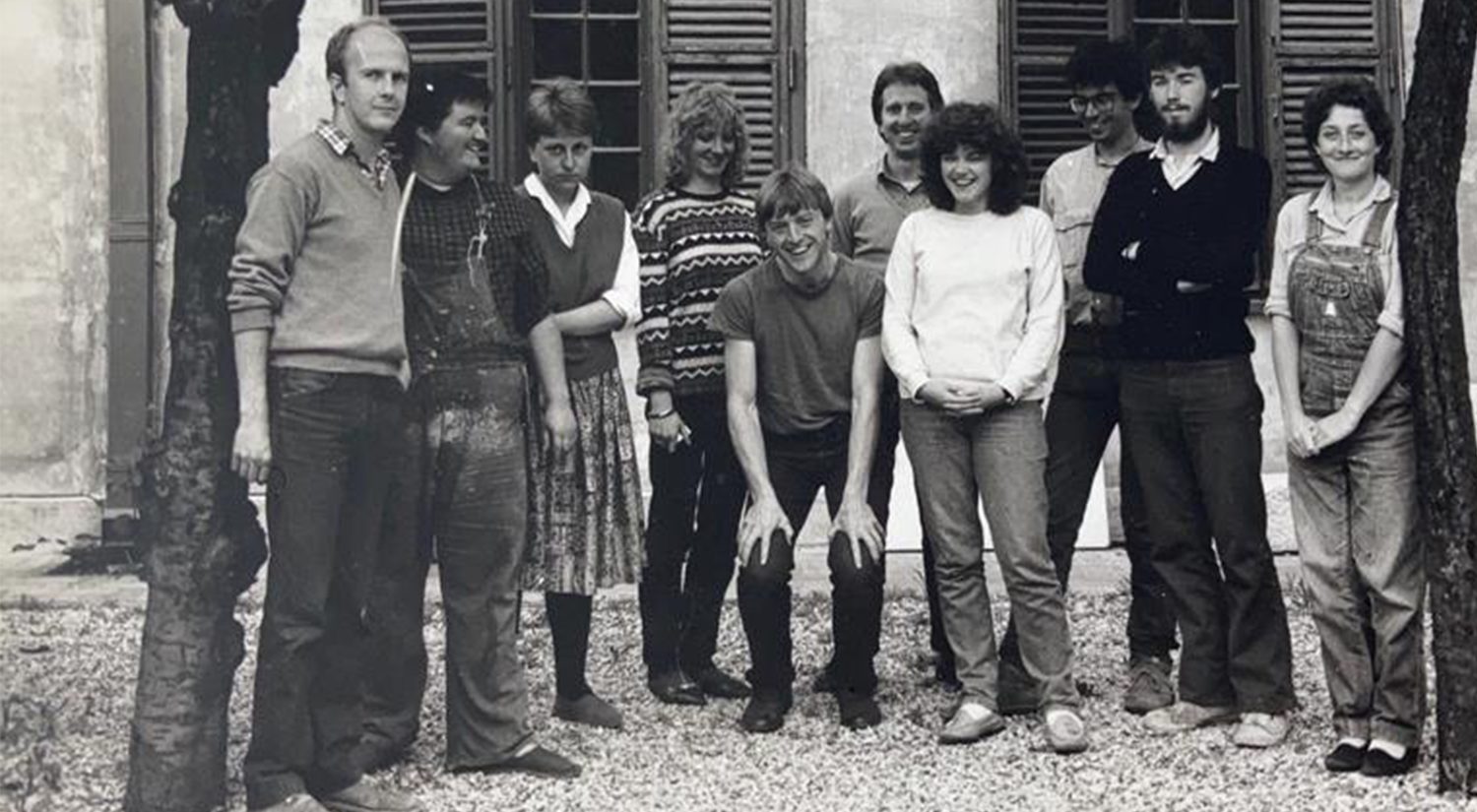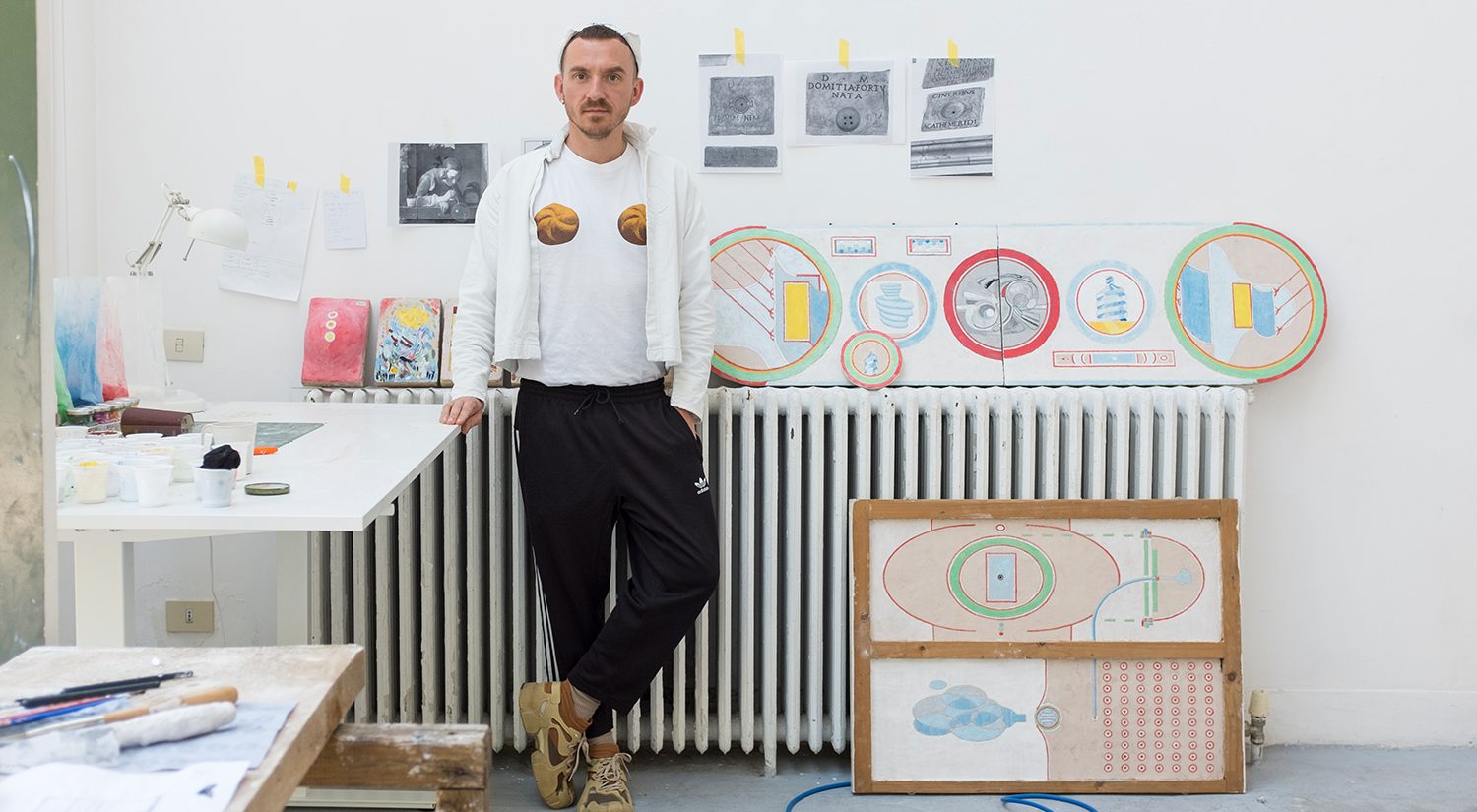An interview with Brianna Speight, Helpmann Academy Resident, in which she speaks about the work she has produced during her residency at the BSR from April–June 2022, ahead of the June Mostra.
The June Mostra opens tomorrow night (Friday 10 June). For more information or to register for the opening night, please see our events page.
In the past three months your photo-based research has been focusing on landscape and water. Could you please tell us more about it?
I started the three-month residency with the intention to focus on the relationship between the body and water in response to current climate issues. I was reading Susan Best’s ideas of Reparative Aesthetics and have since been reading Rosi Braidotti’s ‘Posthuman-feminism’ and listening to Astrida Neimanis talk on Hydro-feminism. This reading, in addition to visiting sites, collections and focusing on making in the studio has made for exciting insights and led to new photographs and small objects on display in the June mostra.
Early in the residency, I came to an idea to create an imaginative shoreline to situate my making and consider this place as a witness to water flowing out to sea, where cuts in the landscape have allowed water to flow in the wrong direction. I’ve drawn on my visual language of photography, textile, body, and paint to construct images that suggest feeling and emotion surrounding the idea of this water bleeding out.
Susan Best’s writing in Reparative Aesthetics: Witnessing in Contemporary Art Photography provides insight for the role contemporary photography can play in engaging with historical archives and political issues. She draws on women photographers of the global south to consider how artists acknowledge and expose shame. In this instance, water is a political issue and art making and photography becomes a way to process the complex feelings associated.
Astrida Neimanis’s philosophical and poetic reflections in her talk ‘lessons on Hydro feminism: how to become a body of water’ (2020) have prompted posthuman considerations for how these complex feelings could play out and she suggests: “In imagining ourselves as aqueously extended across space and time but also suspended between ostensible fact and so-called fiction, we draw on all our sensory apparatuses to find different kinds of stories to tell”. Here, an imaginative shoreline offers a space to consider facts of climate change and water management issues, and fiction as a tool for art making with sensorial, playful, and non-linear narrative methods.
The small object forms rendered in a luminant green or covered in sumptuous textile are abstracted from the body and a shoreline landscape; parts of a rib cage sit alongside rock formations and appear in this installation. The grotesque inspired images explore hybrid forms and respond to sculptural examples of metamorphic figures. Also, the presence of water in Rome, it’s abundance and accessibility, and cultural and historical representations has provided much inspiration for my interests in working with ideas of water and body.
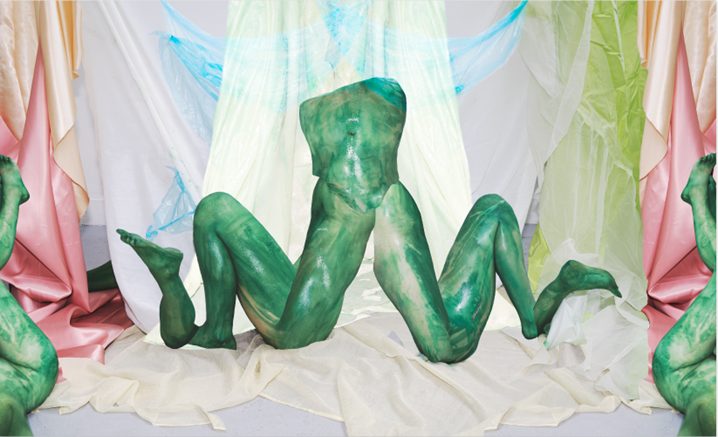
How has your time at BSR and being based in Rome impacted your practice?
In my practice-based research, I’ve been processing experiences from Rome in the studio and relying on a familiar visual language of photography, body, textile, and paint to translate new ideas and influences. I’ve been particularly excited about working with new materials and pushing my images further.
Taking cues from relationships between body and drapery in renaissance painting and sculpture, I’ve experimented with textile applications for photos and objects where draped fabrics feature, framing bodies and serving as an alluring surface material. These textile arrangements look to sculptural examples of wet drapery and veiled women. I collected textiles from the Porta-Portese markets, seeking luminescent or reflective material qualities. The camera flash creates dramatic examples of light, form, and structure and can also evoke bodily sensations where surfaces are reminiscent of skin.
In my work there are cuts and orifices as re-occurring motifs, drawing on themes of permeability and bodies. In the work I’ve made in Rome, bodies appear as green fleshy masses of skin and plant. Aggretti, a succulent shrub, features in the work. A similar plant grows at home in saltwater environments, and I included this material for its reference to coastal / saltwater environments. Depictions of wounds or violence have also been important points of reference here as I’ve sought to explore anthropocentric treatment of landscapes as violent acts.

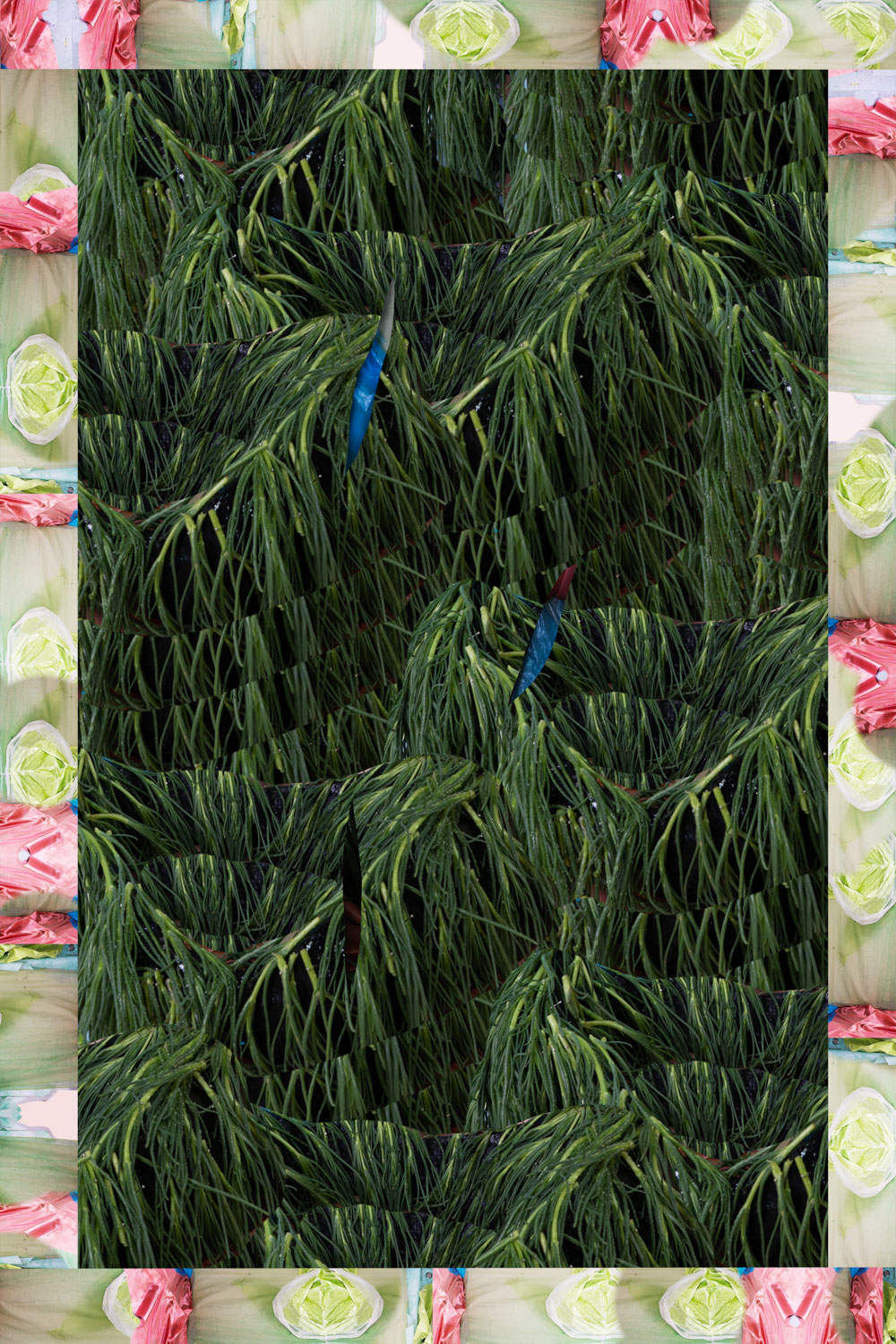
A sickly-sweet material palette of pink, green, and blue plastic has emerged and embraces chaotic arrangements and hybrid forms in the tradition of 16th century grotesques. A trip to Villa d’Este was inspiring in this development. Sacro Bosco, Bomarzo (Park of the Monsters) was another exceptional trip that has sparked great conversations with artists here at the BSR.
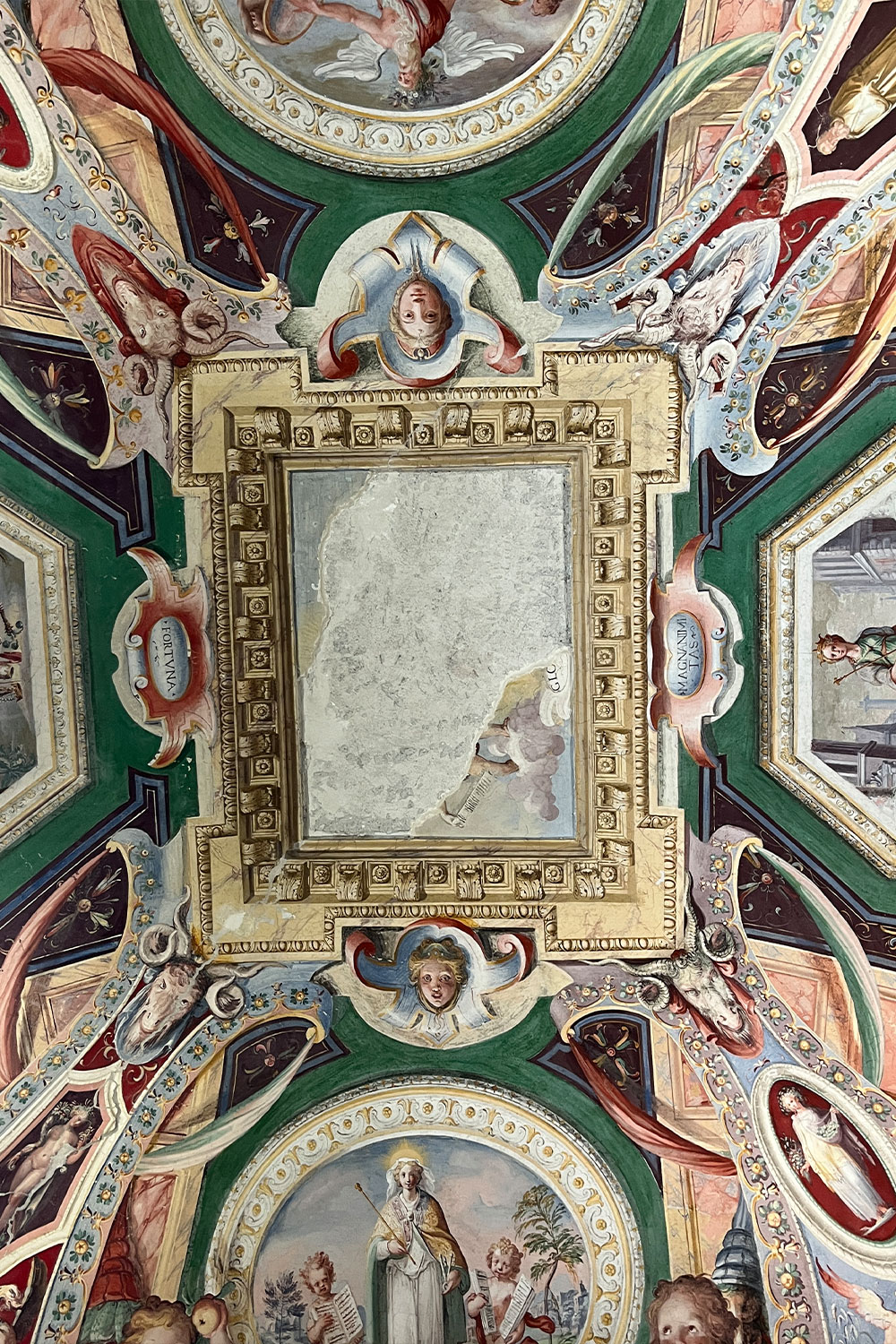

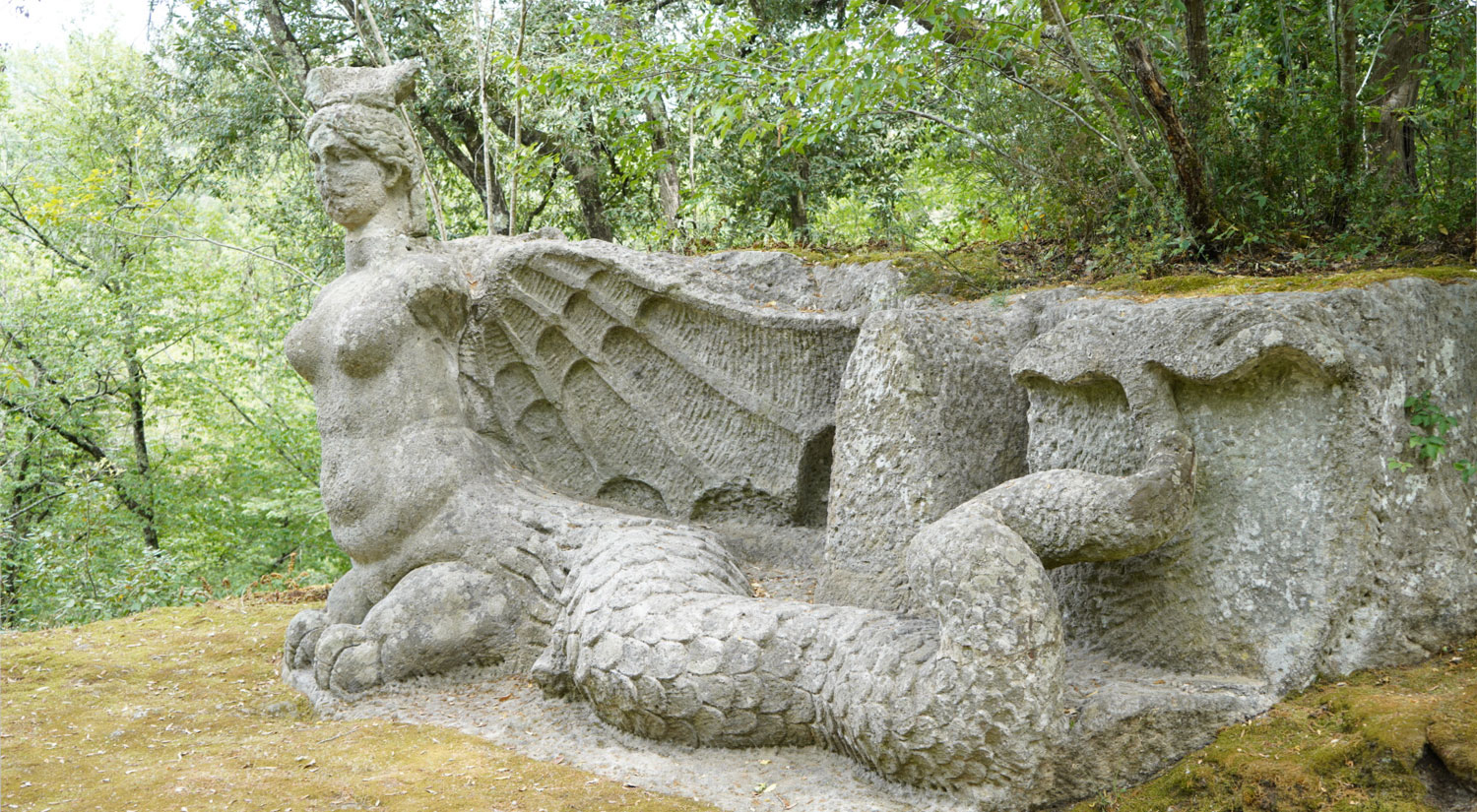
Also, The 59th Venice Biennale is on currently and I visited a month ago to see The milk of dreams, curated by Cecilia Alemani. I was so impressed by the exhibitions and delighted by the ‘time capsules’ contextualising the exhibition themes with works by female artists of the 20th century. I was able to see works by artists who I’ve followed for a long time and learn about many new practices. One of my favourite works was by Lithuanian artist Eglè Budvytyté (In collaboration with Marija OlSauskaité and Julia Steponaityté) who showed a film ‘Songs from the Compost: mutating bodies, imploding stars’ (2020) in the Arsenale. Seeing all the excellent exhibitions gave me the feeling to get back to work in the studio!
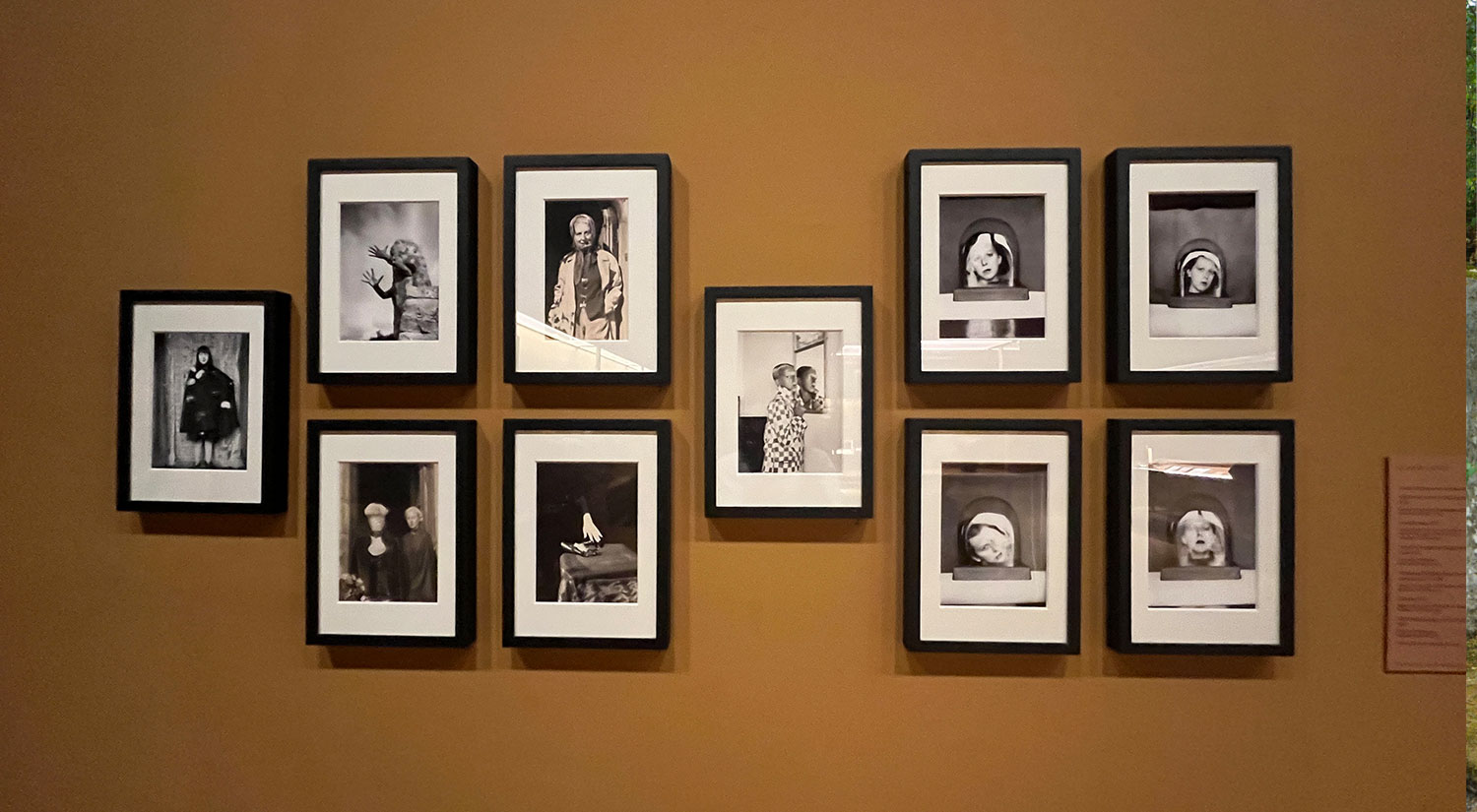
Photographs by Claude Cahun at the Giardini
One of the most important things to share is that my time in Rome has been shaped by the people here at the BSR. Sharing meals with the artists and academics has meant new friendships and insights to various research practices. A recent highlight is making a collaborative video work with Héloïse Delègue (Abbey Scholar in Painting) which will screen in the upcoming mostra. It’s been an incredibly exciting and intense two months in Rome, and I look forward to seeing how new insights from my time in Rome will continue to unfold in my practice.


